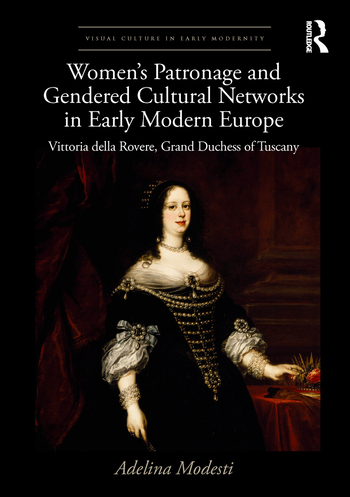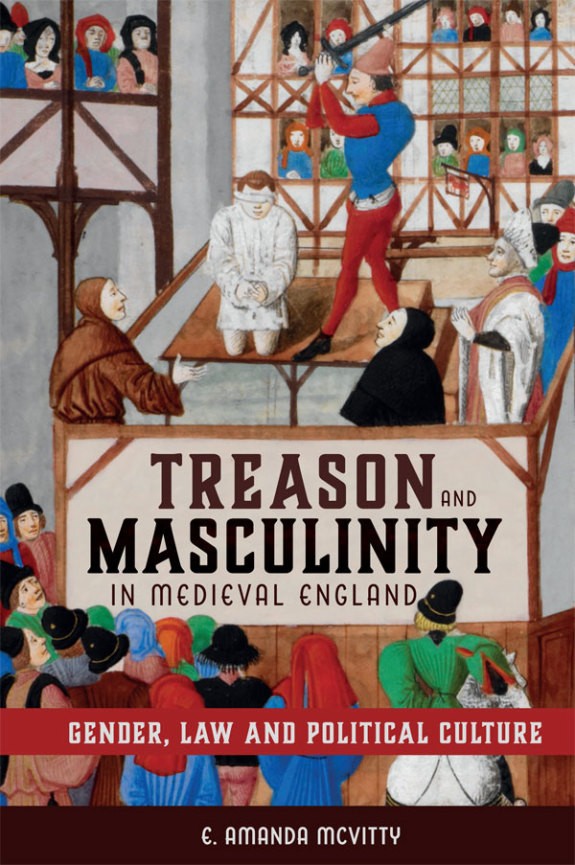Piecing together the past: fragments of medieval and early modern books in Australia and New Zealand
Editors: Anna Welch (State Library Victoria) and Nicholas Sparks (The University of Sydney)
In the medieval and early modern period, old books were routinely cut up and reused to make new books: the materials involved – whether prepared animal skin or paper – were simply too valuable to discard. Manuscript and printed leaves from dismembered books were reused in the bindings of newer books, either as structural support, fly leaves, or as the outer surface of the binding itself. Parchment could be scraped back to create a new but never entirely blank writing surface. In both types of reuse, layers of palimpsest texts and provenance stories offer scholars a chance to recover otherwise unknown voices and histories. Conceptually, fragments also support new approaches to the interrelated histories of reading and authorship, and to considerations of the reception of books as material objects, both in the past and in the modern era.
The pragmatism of this practice of recycling combined with modern advances in technology and digital connectivity – and the scholarly impetus to study unique physical cultural material in the age of mass digitization – have given rise to a new field of study: fragmentology. Digital humanities initiatives have facilitated entirely new ways to reconstruct fragmentary elements of our medieval and early modern past, and have shown again the potency of collaborative, multidisciplinary research. Fragments present challenges and opportunities for study precisely because of their liminal nature: they sit between manuscript culture and the era of print, and challenge the delineation between traditional the academic categories of palaeography and codicology, conservation, the history of binding, art history, bibliography, provenance research and the history of the book trade.
We are seeking proposals for a collected volume focused on medieval and early modern fragments (both in manuscript and print) in Australian and New Zealand collections: the first volume of its kind for the region. Abstracts are welcomed for scholarly articles of up to 8000 words (including notes) that present new research on any aspect pertaining to fragments. Papers that explore fragments via novel, interesting approaches, such as book history, bibliography, palaeography and codicology, art history, literary history, digital humanities, and curatorial practice, are especially welcomed.
Please send us your expressions of interest, including a title, 250-word abstract, and short biography, by Tuesday 26 January 2021. We will be seeking a contract with an academic press that guarantees a fully refereed process for publication. We will confirm acceptance of your abstract before making our proposal to relevant presses by 28 February 2021, with a view to a publication going to print in 2022.
For more information please see the below flyer.


